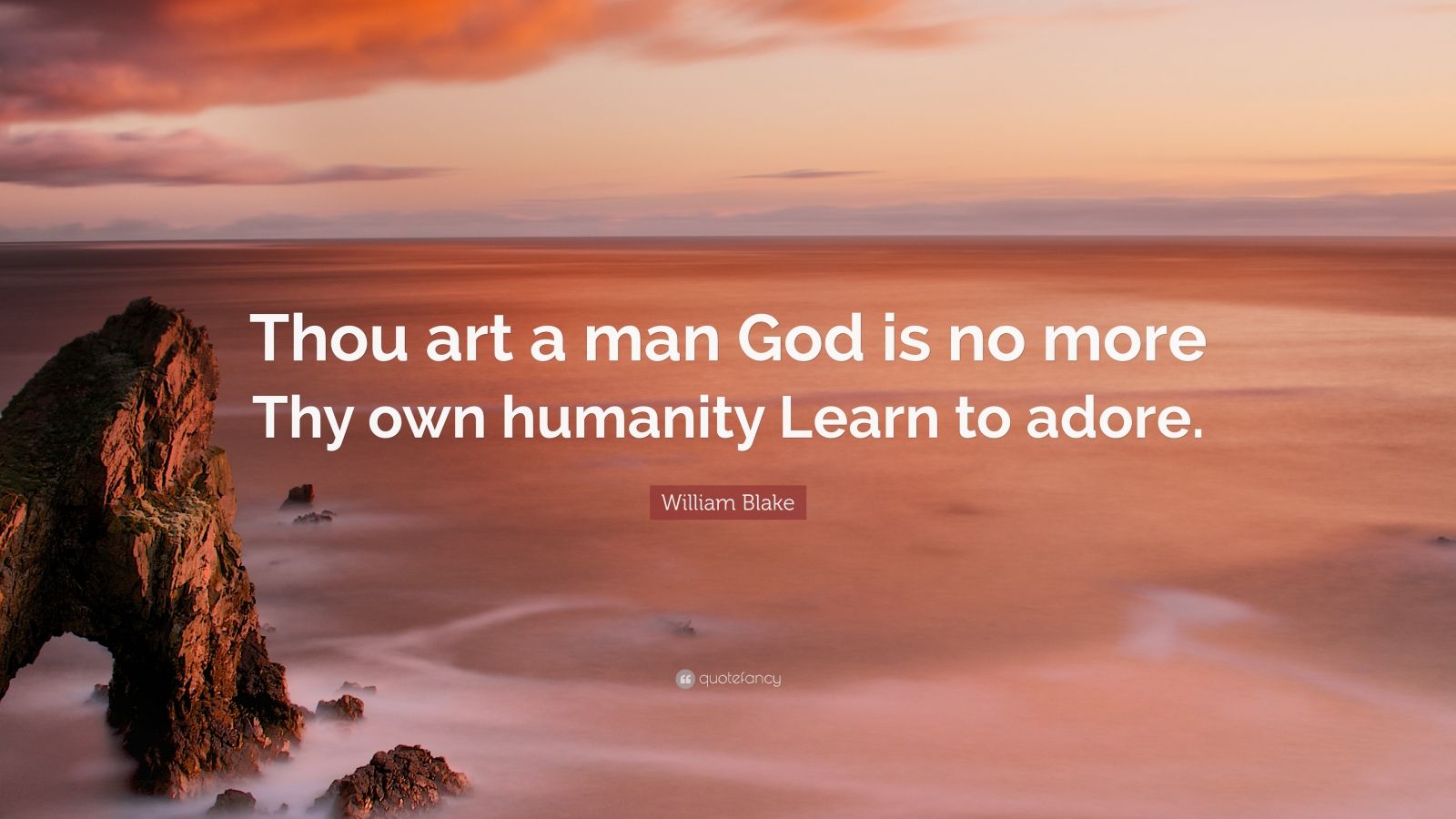


They had six children: James (1753–1827), who took over the family haberdashery business on his father’s death in 1784 John (born 1755, died in childhood) William, the poet and artist another John Blake (born 1760, died by 1800), whom Blake referred to in a letter of 1802 as “my Brother John the evil one” and who became an unsuccessful gingerbread baker, enlisted as a soldier, and died Richard (1762–87), called Robert, a promising artist and the poet’s favourite, at times his alter ego and Catherine Elizabeth (1764–1841), the baby of the family, who never married and who died in extreme indigence long after the deaths of all her brothers. James moved in with her at 28 Broad Street. Catherine Armitage bore a son named Thomas, who died as a baby in 1751, and a few months later Thomas Armitage himself died.Ĭatherine left the Moravians, who insisted on marriages within the faith, and in 1752 married James Blake in the Church of England chapel of St. The Moravian religious movement, recently imported from Germany, had had a strong attraction to the powerful emotions associated with nascent Methodism ( see Moravian church). In 1750 the couple joined the newly established Moravian church in Fetter Lane, London. His mother had first married (1746) a haberdasher named Thomas Armitage, and in 1748 they moved to 28 Broad Street. His father came from an obscure family in Rotherhithe, across the River Thames from London, and his mother was from equally obscure yeoman stock in the straggling little village of Walkeringham in Nottinghamshire. His parents were James Blake (1722–84) and Catherine Wright Armitage Blake (1722–92). In the early 21st century, Blake was regarded as the earliest and most original of the Romantic poets, but in his lifetime he was generally neglected or (unjustly) dismissed as mad.īlake was born over his father’s modest hosiery shop at 28 Broad Street, Golden Square, London. Among his best known lyrics today are “The Lamb,” “The Tyger,” “London,” and the “Jerusalem” lyric from Milton, which has become a kind of second national anthem in Britain.

These works he etched, printed, coloured, stitched, and sold, with the assistance of his devoted wife, Catherine. The dating of Blake’s texts is explained in the Researcher’s Note: Blake publication dates. 12, 1827, London), English engraver, artist, poet, and visionary, author of exquisite lyrics in Songs of Innocence (1789) and Songs of Experience (1794) and profound and difficult “prophecies,” such as Visions of the Daughters of Albion (1793), The First Book of Urizen (1794), Milton (1804), and Jerusalem (1804).
#William blake zitate sandkorn how to
COVID-19 Portal While this global health crisis continues to evolve, it can be useful to look to past pandemics to better understand how to respond today.Student Portal Britannica is the ultimate student resource for key school subjects like history, government, literature, and more.This Time in History In these videos, find out what happened this month (or any month!) in history.#WTFact Videos In #WTFact Britannica shares some of the most bizarre facts we can find.Demystified Videos In Demystified, Britannica has all the answers to your burning questions.Britannica Explains In these videos, Britannica explains a variety of topics and answers frequently asked questions.



 0 kommentar(er)
0 kommentar(er)
